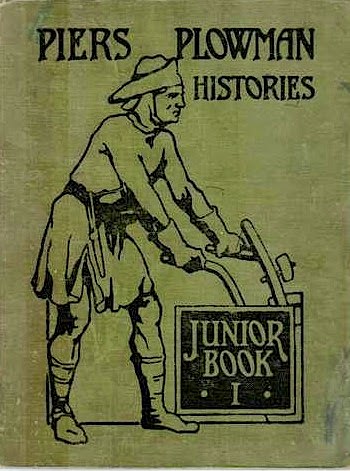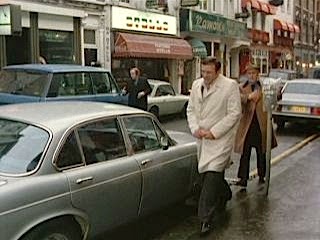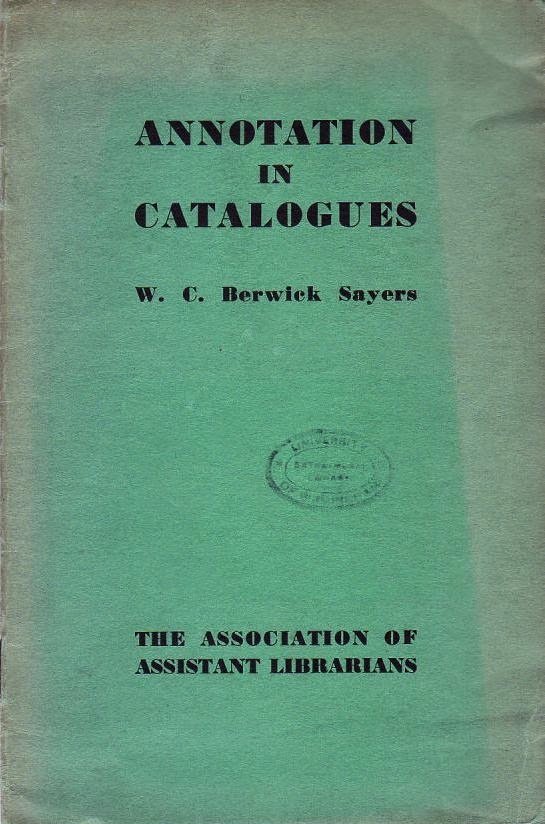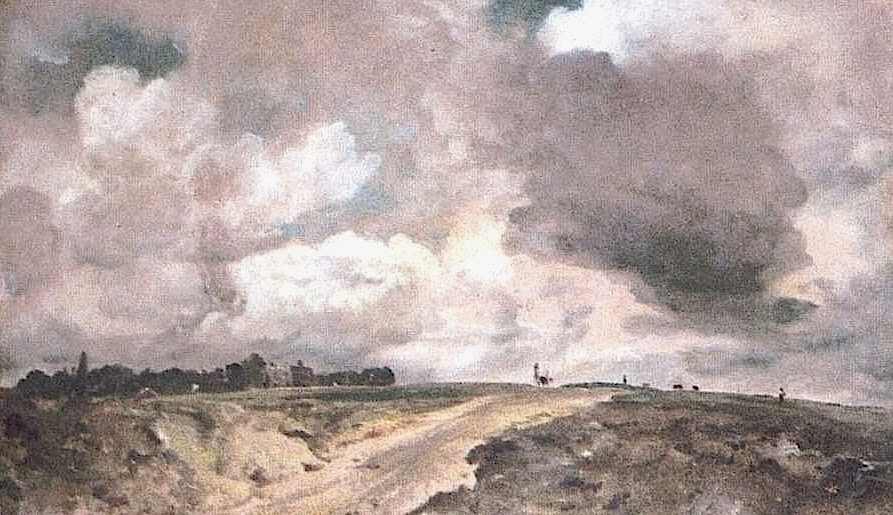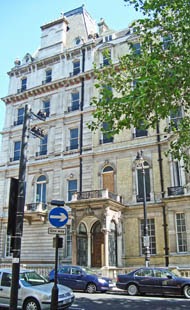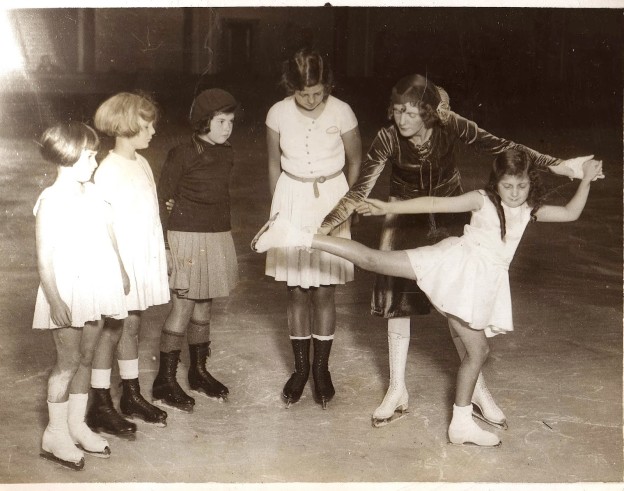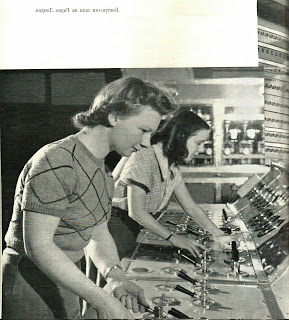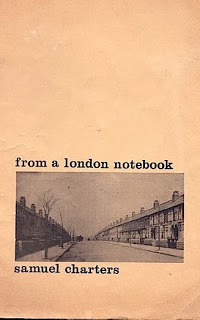From the papers of L R Reeve* this affectionate portrait of a minor character in British education. She does not have a Wikipedia page and is unknown to the DNB, but WorldCat record many books on history and education by her, some of which were continually reprinted into the 1960s. Her first book The problem of rural schools and teachers in North America (London : Stationery Office) was published in 1908 and she is noted as revising a book in 1960, so one could speculate her dates were something like 1880 - 1965. Her text books Piers Plowman Histories were in print from 1913 - 1957.
Miss Spalding
Miss Spalding was a most astonishing historian who still makes me feel google-eyed when I remember some of her activities.
In appearance she seemed so fragile that one would think a gentle summer breeze would blow her over. Yet when she lectured at Goldsmiths' College, London, cheeky men students, immediately after ragging unmercifully an instructor in physical training, would sit in her presence during a history lecture hardly daring to flicker an eyelid. Should, however, an unusually presumptuous newcomer take a chance, a slightly sarcastic smile and a softly spoken snub would make a blushing, wriggling mortal wish he were miles away from such and unexpected agony; and the tributes to Miss Spalding's uncanny disciplinary power can be heard even to this day when elderly men meet at college reunions.
Continue reading
